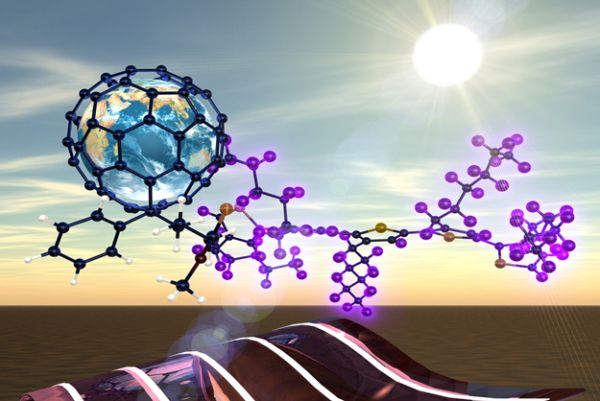New 3D printed organic photovoltaic works best under cloudy sky
Researchers at the National Physical Laboratory have claimed to have 3D printed an organic photovoltaic that work better on cloudy days, or say is at it’s maximum efficiency in low light conditions. Away from presently used crystalline silicon photovoltaic, these cells are made up of small organic molecules.
The molecules act as semi-conductors when exposed to solar radiation. According to the researchers, the tests showed that these new panels had only 10% efficiency on a clear sky, while it rose to 13% under cloudy conditions.
Cloudy sky is the worst enemy of all those who are either using present photovoltaic systems, or are making up their minds to switch to zero energy homes. For people living in regions which are under cloudy sky most of the year, like UK, it’s the greatest concern while one opts to switch to solar power. The trouble is that rest of the world is upto harnessing the best out of sun light; while some regions of the world receive a little piece of share.
However, now, with these new 3D printed hyper-sensitive solar cells, this trouble is about to end very soon. Not only they’ll help the population with covered skies, but the scopes are beyond what we presently can imagine. The ability of the new organic compound to dissolve into a solution, to be printed into a variety of shapes, and ease of installation is likely to revolutionize the way surface of the daily stuff could be utilized to harness energy. The fabrics will turn into our personal gadget charging stations; the roofs will make our houses self-sufficient in terms of energy requirements. Similarly, the window glasses, car roofs, tables, and all that sees sunlight could be superimposed with these ultra-thin solar panels without spoiling the basic purpose of the objects.
The new technology is in testing stage presently, but the researchers hope to improve it in the coming years. The main game relies on increasing the efficiency of these organic photovoltaic, so that even a low surface area could yield more produce.
Via: PSFK
